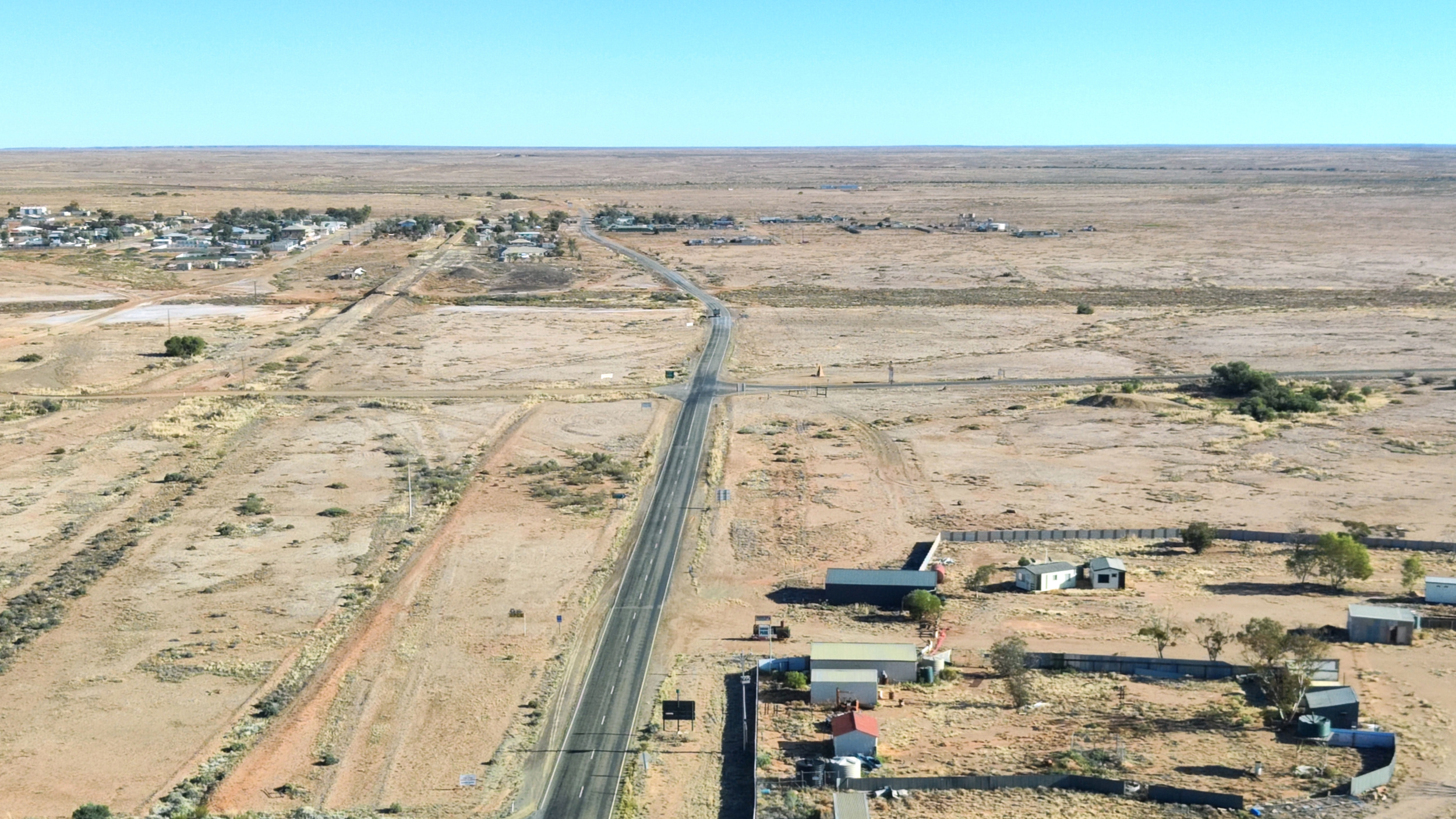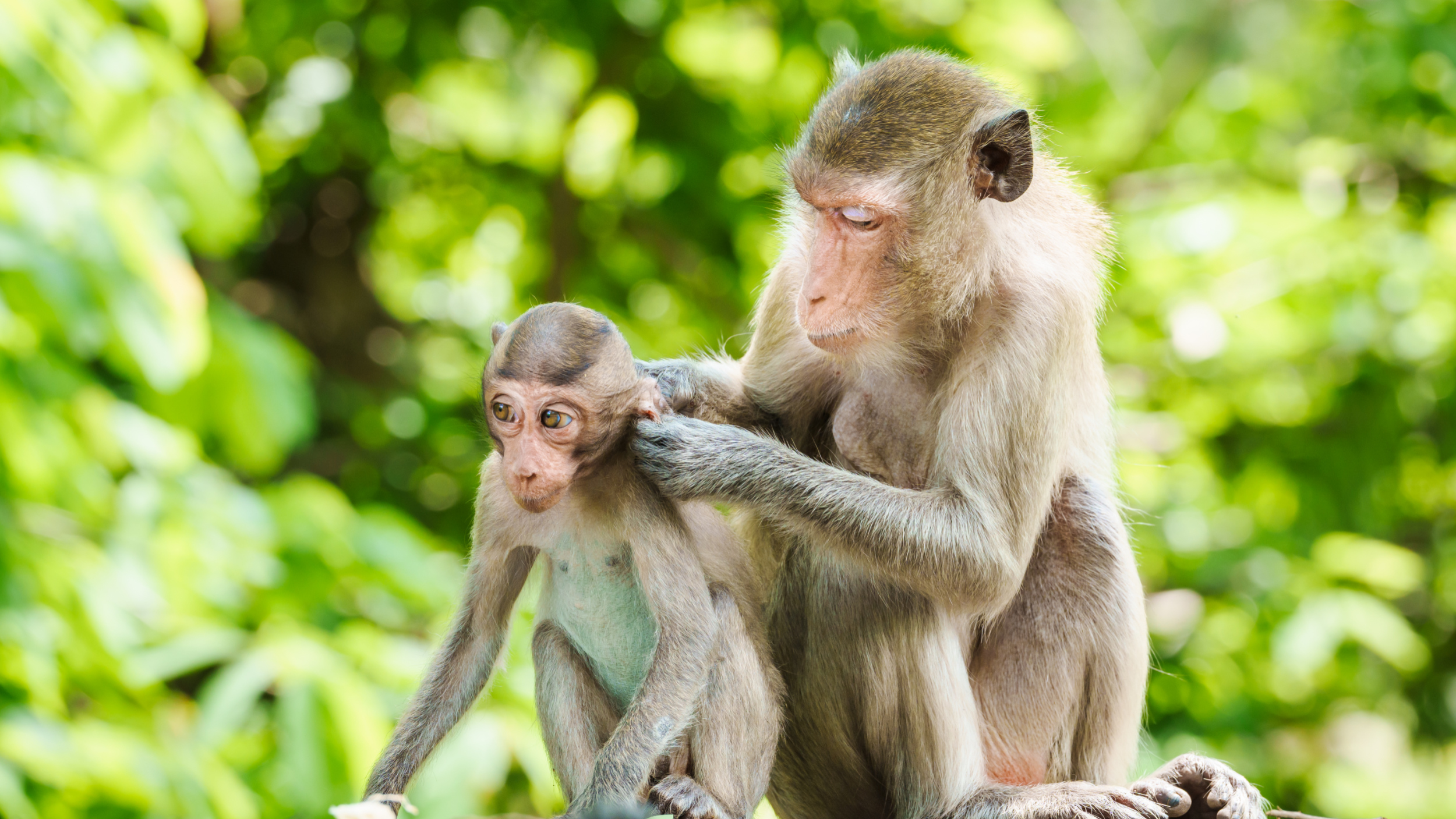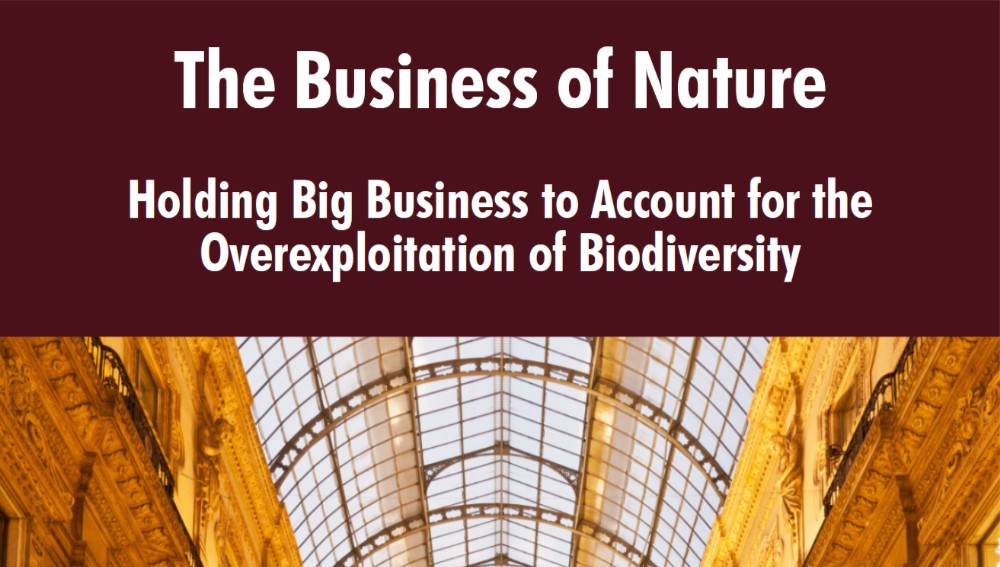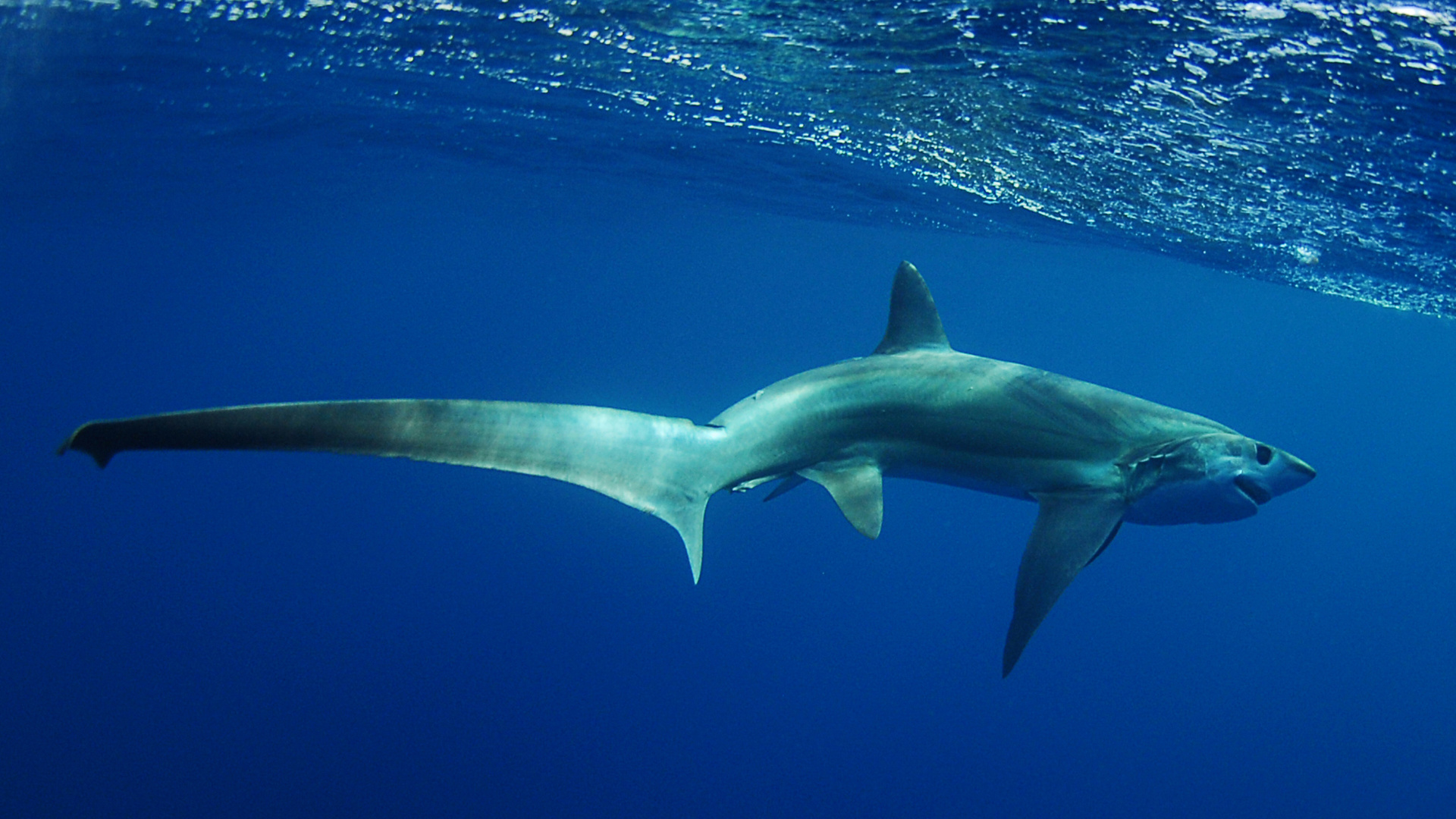The Misguided ‘Once In A Generation’ Mindset
Anyone reading about Australia’s bungled Environment Protection and Biodiversity Conservation Act 1999 (EPBC Act) reform will no doubt have seen the well-worn phrase ‘once in a generation’. The EPBC Act is stated to be Australia’s central piece of national environmental law, covering the Commonwealth’s role in environmental protection matters of national significance. After a scathing statutory review of the EPBC Act’s effectiveness, undertaken in 2019/20, Australia supposedly has a ‘once in a generation’ opportunity to ensure the country’s environment laws are working and this ‘once in a generation’ reform can’t be rushed. This ‘once in a generation’ statement is music to the ears of the stakeholders who want to maintain the status quo. They can lobby hard to [...]










